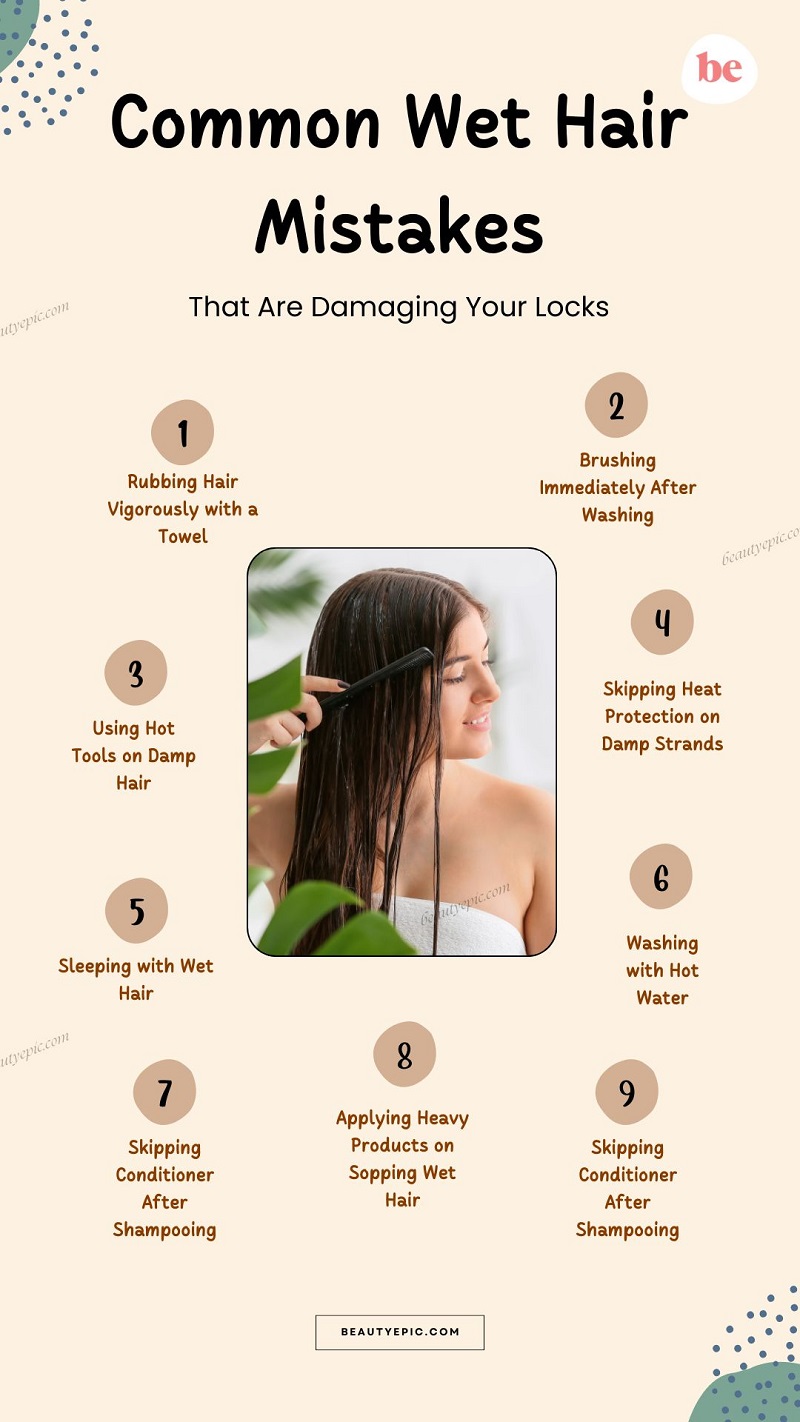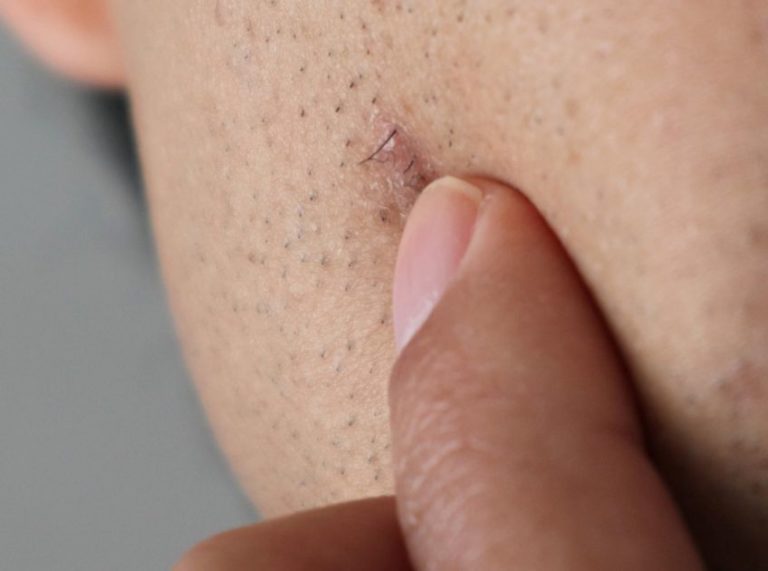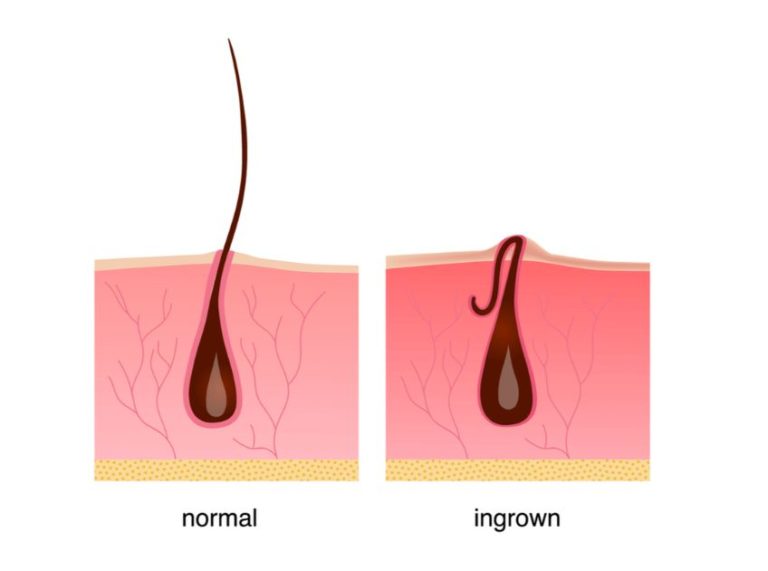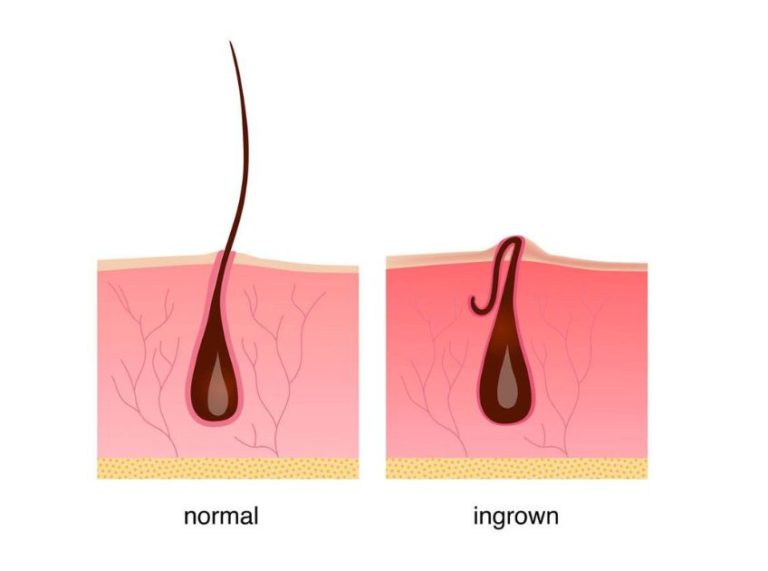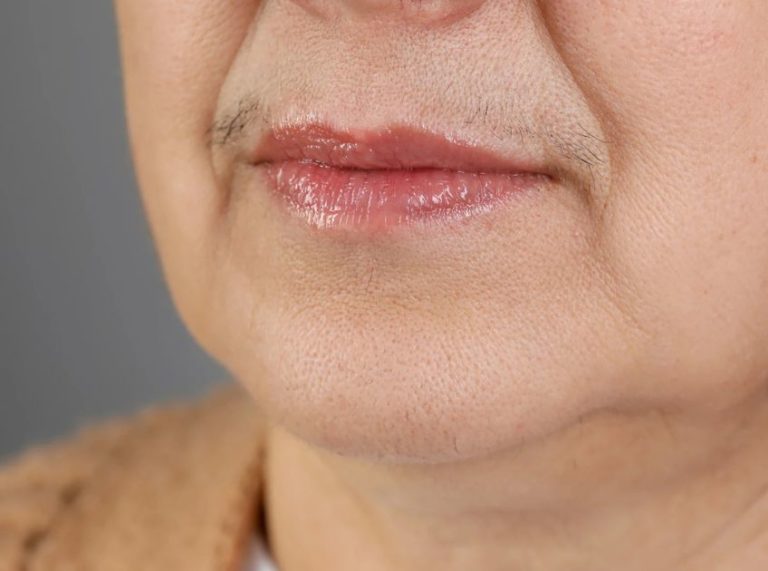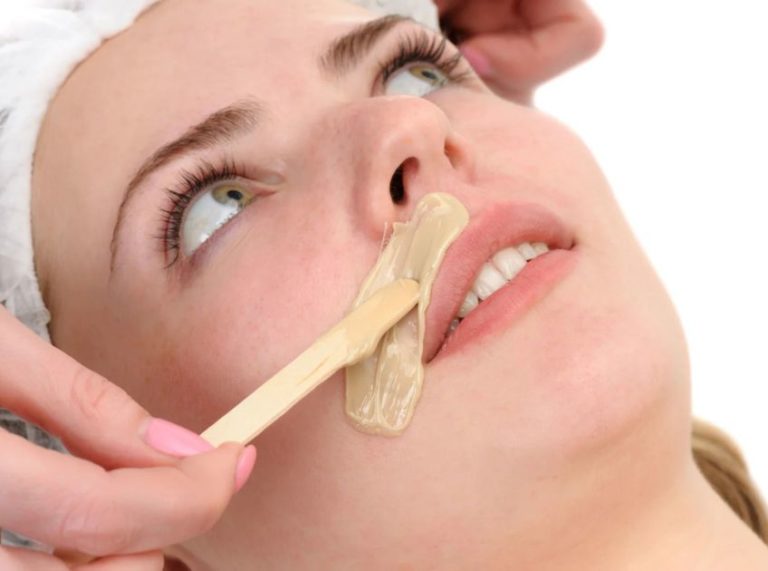
Important: This article is for informational purposes only. Please read our full disclaimer for more details.
Your hair is at its most vulnerable when wet. Water causes the hair shaft to swell, slightly lifting the cuticle (the outer protective layer). This makes strands more prone to stretching, tangling, and breakage.
According to a 2015 study in the Journal of Cosmetic Science, wet hair has reduced tensile strength compared to dry hair, meaning it can break more easily under tension (1). Unfortunately, many of our everyday habits unknowingly cause damage at this delicate stage. The good news? With the right changes, you can protect your hair from unnecessary harm.
10 Common Wet Hair Mistakes That Are Wrecking Your Locks
1. Rubbing Hair Vigorously with a Towel
When your hair is wet, its cuticle layers are slightly raised, making strands prone to frizz and snapping. Vigorously rubbing with a rough towel increases friction, leading to split ends and breakage.
Fix it: Gently blot or squeeze water out, then wrap your hair in a microfiber towel or a soft cotton T-shirt to absorb moisture without damaging the cuticle.
2. Brushing Immediately After Washing
Wet hair stretches up to 30% more than dry hair before breaking, according to a study in the Journal of the Society of Cosmetic Chemists (2). Running a brush through it right after washing can snap weakened strands.
Fix it: Apply a leave-in conditioner and use a wide-tooth comb, starting from the ends and working upward to avoid unnecessary tension.
3. Using Hot Tools on Damp Hair
Applying a flat iron or curling wand to damp strands can boil the water trapped inside the hair shaft, causing “bubble hair” damage—tiny air pockets that make hair brittle.
Fix it: Always dry your hair at least 80–90% before using any heat styling tool, and don’t skip a heat protectant.
4. Sleeping with Wet Hair
Wet hair against a pillowcase creates constant friction while you toss and turn, leading to tangling, frizz, and breakage. Prolonged dampness can also encourage scalp irritation or fungal growth.
Fix it: Wash your hair earlier in the day or blow-dry on low heat before bed. If you must sleep with damp hair, loosely braid it and use a silk pillowcase.
5. Skipping Heat Protection on Damp Strands
Even a quick blow-dry without protection can strip the hair’s natural moisture and cause cuticle damage.
Fix it: Use a heat protectant spray or cream designed for damp hair. Look for ingredients like silicones or polyquaterniums that coat the hair and reduce moisture loss.
6. Washing with Hot Water
Excessively hot water strips your hair of sebum—the natural oil that protects and lubricates strands, leaving them dry and brittle.
Fix it: Use lukewarm water to wash and finish with a 15–30 second cool rinse to help seal the cuticle for smoother, shinier hair.
7. Applying Heavy Products on Sopping Wet Hair
When hair is dripping wet, products become diluted and can’t properly penetrate the shaft or coat the strands.
Fix it: Lightly towel-dry until hair is damp, then apply your leave-ins, serums, or oils for better absorption.
8. Tying Hair Up While Wet
Wet hair is more elastic and prone to stretching—tying it tightly in a ponytail or bun can cause breakage, dents, and traction alopecia over time.
Fix it: Let your hair air-dry loose or use a soft, fabric-covered scrunchie to loosely hold it if needed.
9. Skipping Conditioner After Shampooing
Shampoo cleanses the scalp and hair, but also lifts the cuticle slightly. Without conditioner to smooth it back down, hair stays more vulnerable to friction and moisture loss.
Fix it: Always follow shampoo with conditioner, focusing on mid-lengths and ends, and let it sit for 2–5 minutes before rinsing.
10. Ignoring Scalp Care After Washing
Leaving the scalp damp for too long or failing to massage it during washing can lead to buildup and irritation, which may affect hair growth.
Fix it: Massage your scalp with your fingertips (not nails) while shampooing to stimulate blood flow, and make sure the scalp is thoroughly dry before styling or sleeping.
The Science Behind Wet Hair Damage
When hair absorbs water, the inner cortex swells, and the cuticle layer rises slightly to accommodate the extra moisture. This temporarily weakens the hair’s structural integrity. Studies on hair fiber mechanics, such as those cited in the Journal of Cosmetic Dermatology, confirm that mechanical forces—like brushing, towel drying, or tying hair tightly—cause more breakage when hair is wet than when it’s dry (3).
Frequently Asked Questions (FAQ’S)
Q. Can I brush my hair when it’s wet?
A. Yes, but only with a wide-tooth comb or detangling brush, and preferably after applying conditioner or a leave-in treatment.
Q. Why does wet hair break more easily?
A. The swelling of the hair shaft when wet weakens its structure, making it less resistant to stretching and tension.
Q. Is it okay to air-dry my hair completely?
A. Yes. Air-drying is gentler than heat styling, but avoid leaving hair wet for hours, as prolonged dampness can weaken the hair and scalp.
Final Thoughts
Caring for your hair starts the moment you step out of the shower. Small changes—like swapping a rough towel for a microfiber wrap, detangling gently, and avoiding tight hairstyles while wet—can drastically reduce breakage and keep your locks healthier over time. Remember, wet hair is delicate, so treat it with the same care you’d give to your favorite silk blouse—gentle handling for long-lasting beauty.
